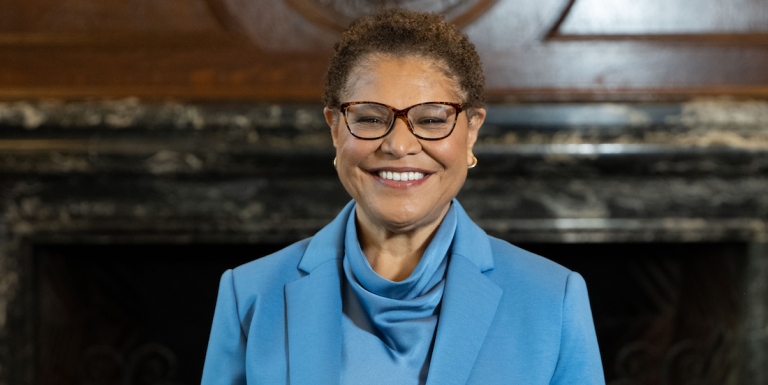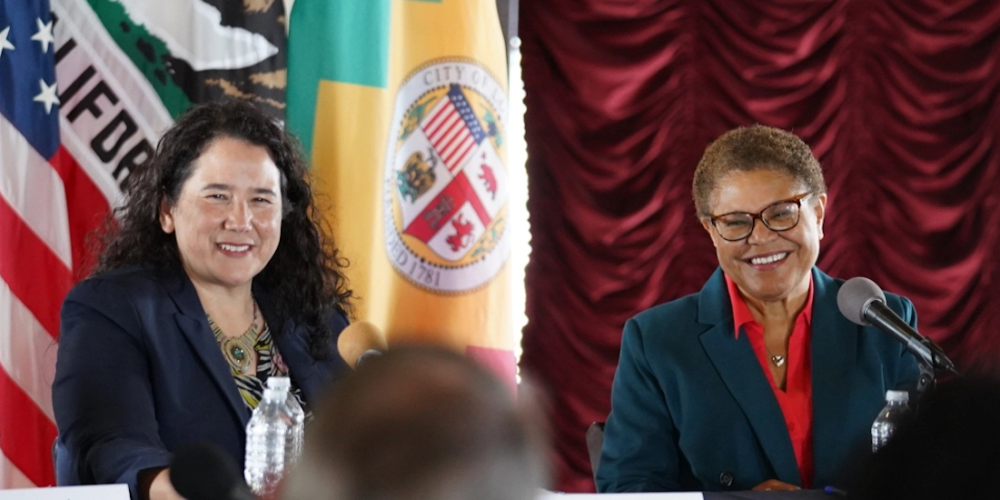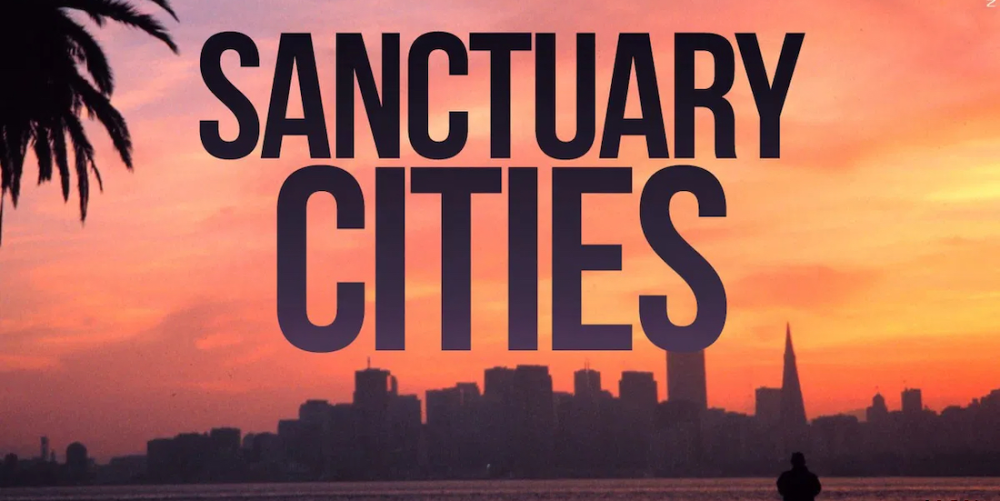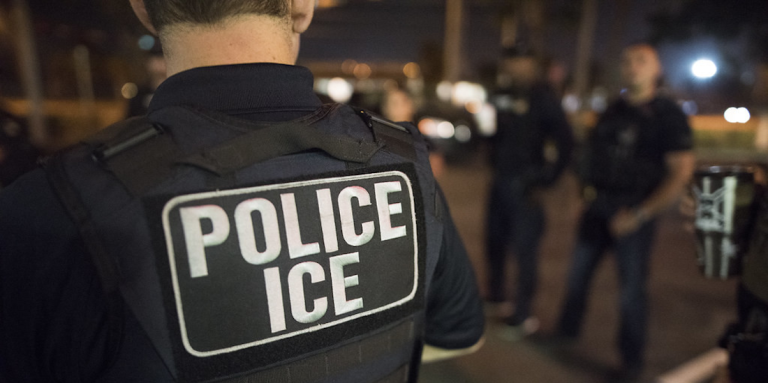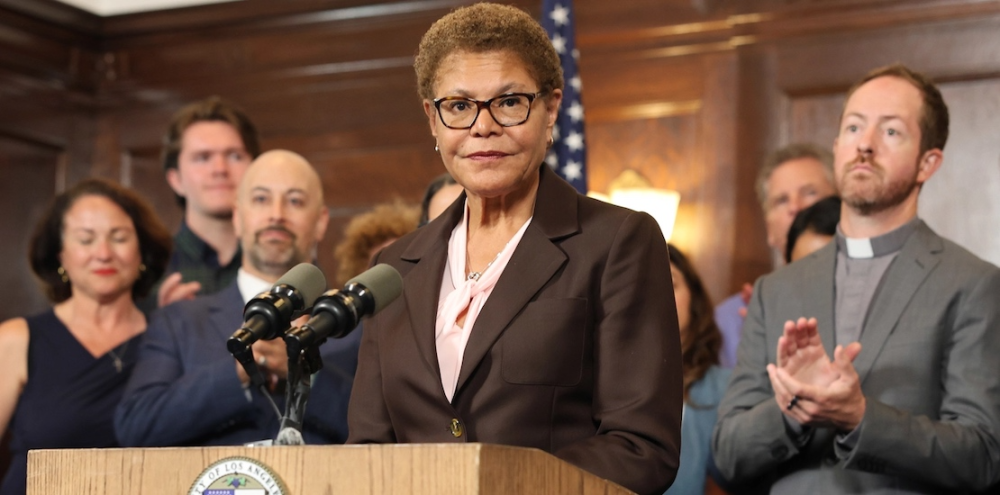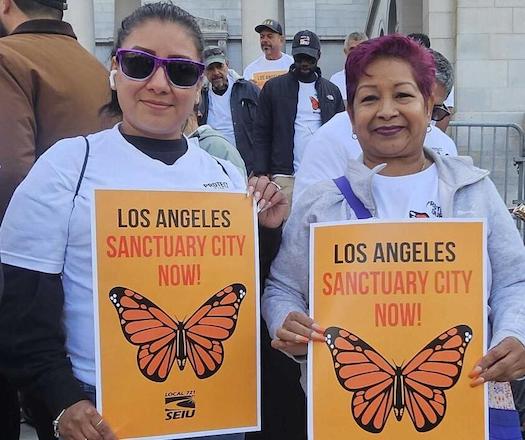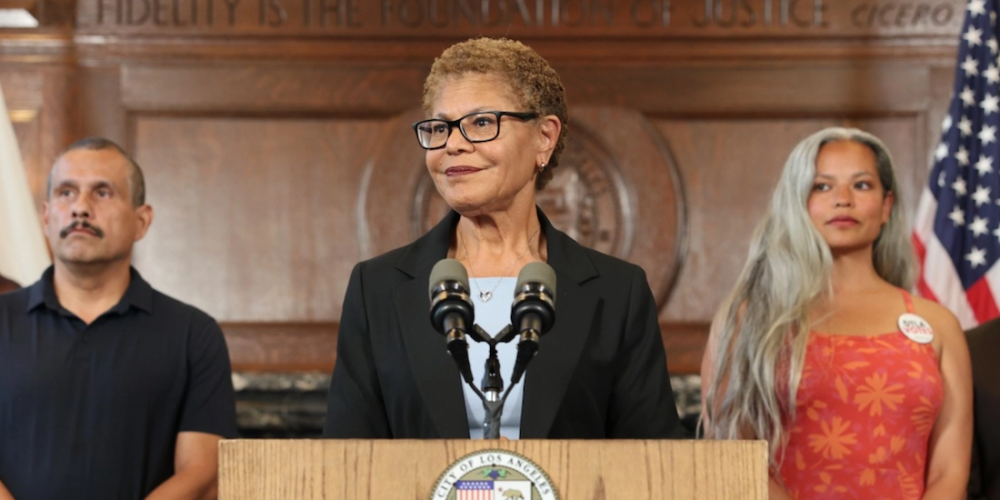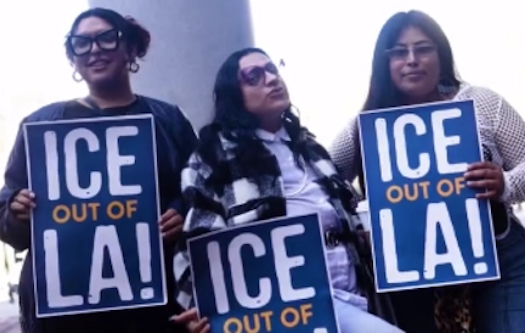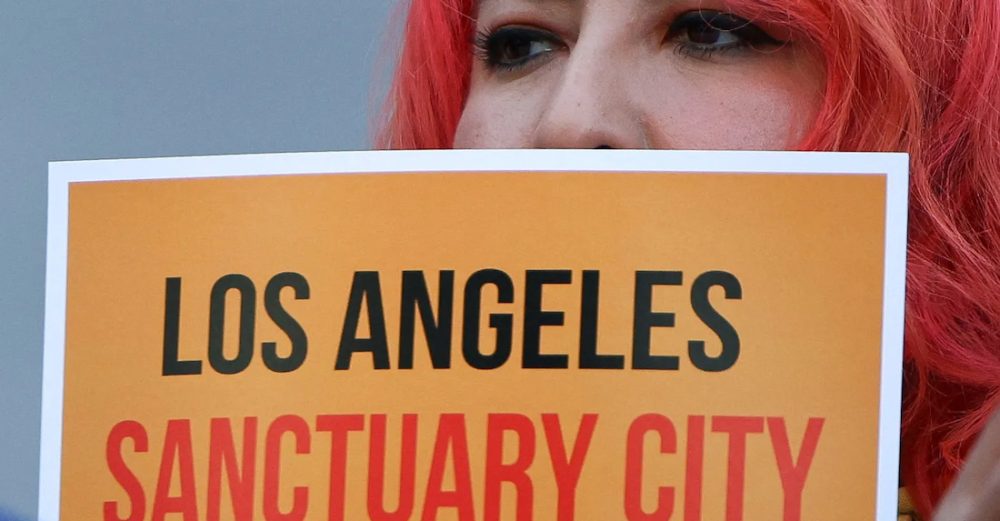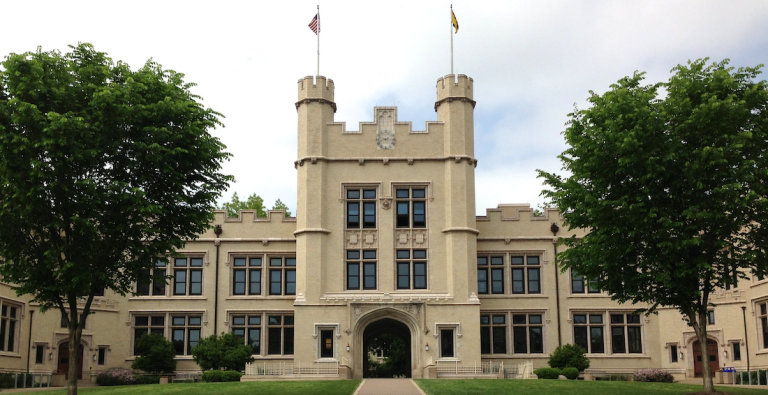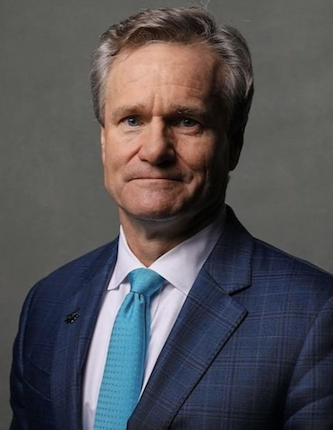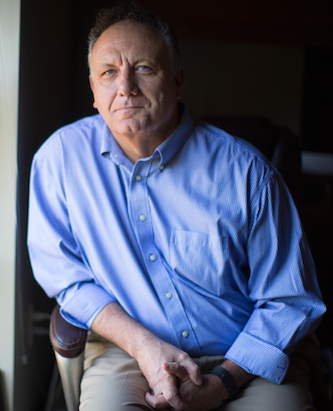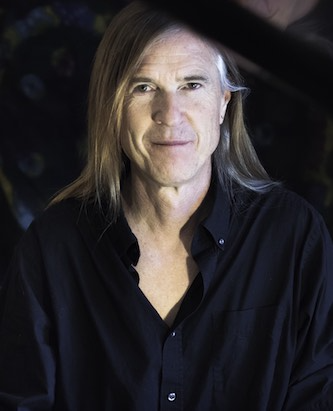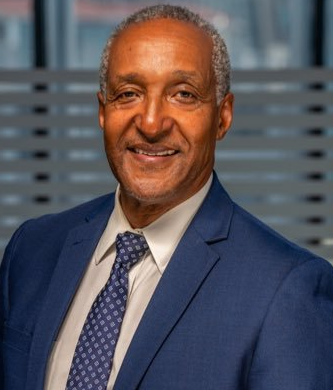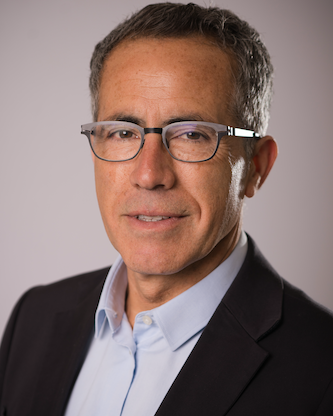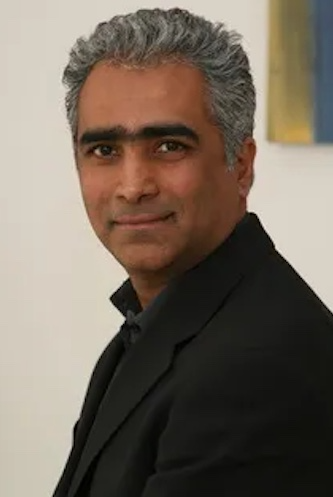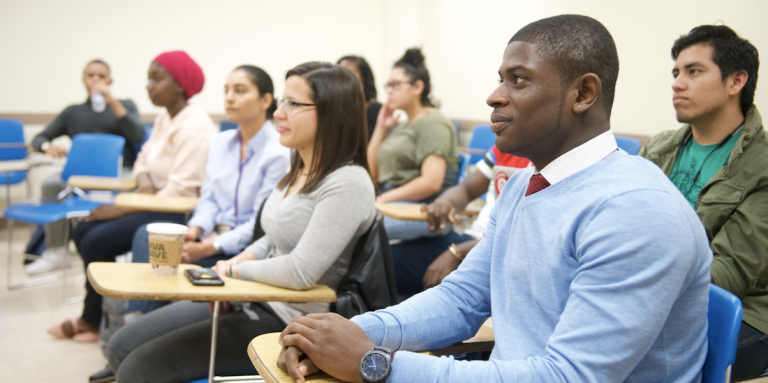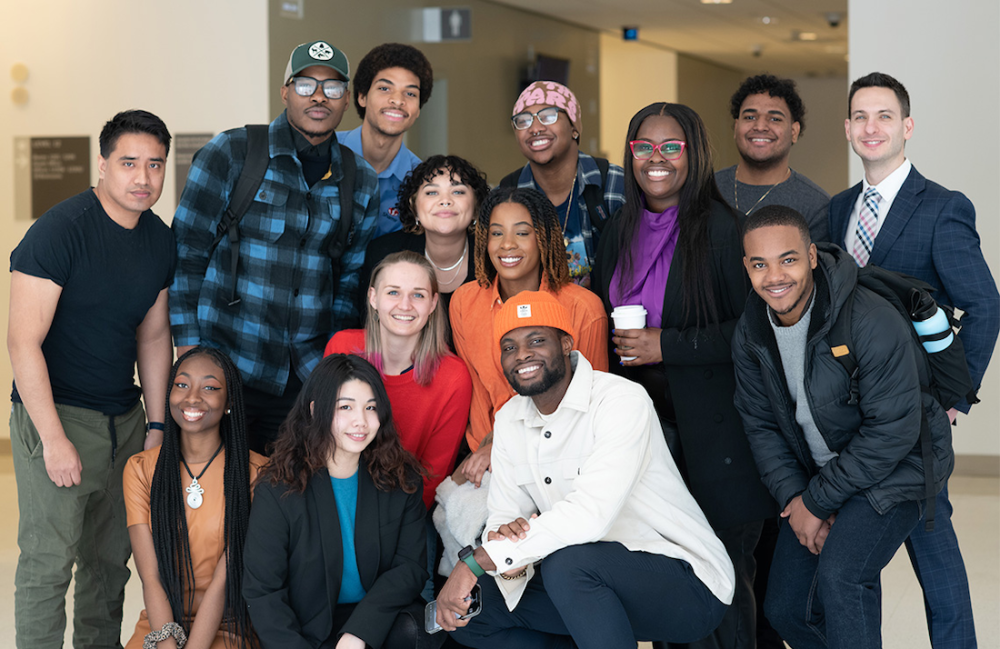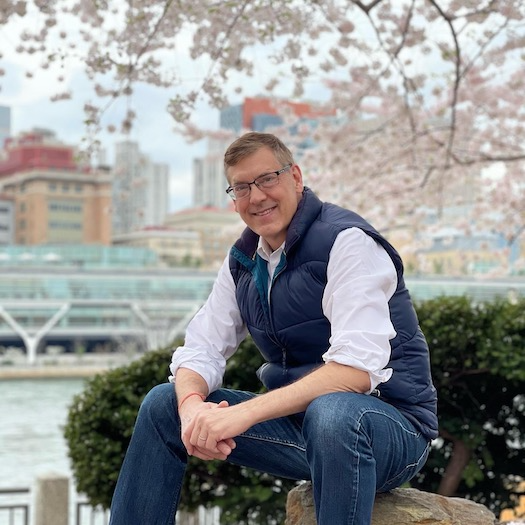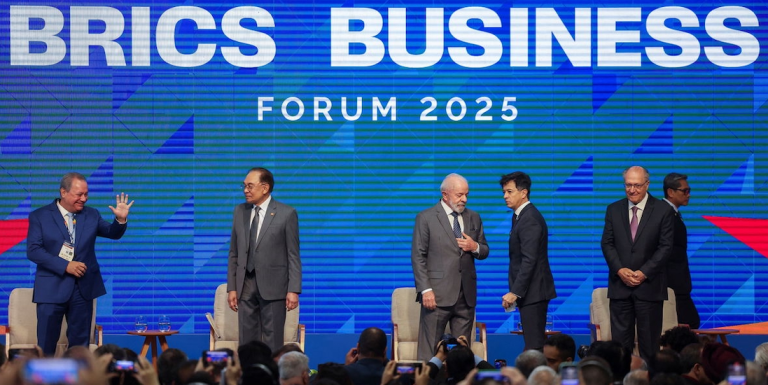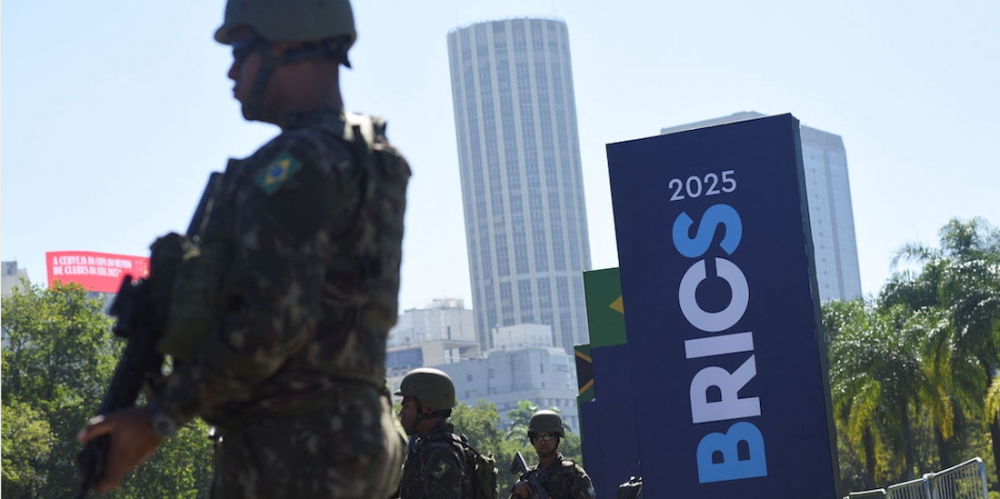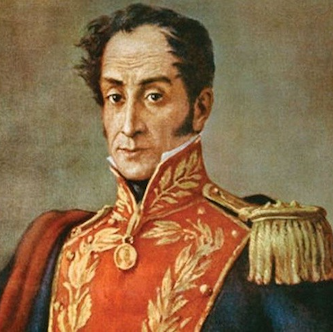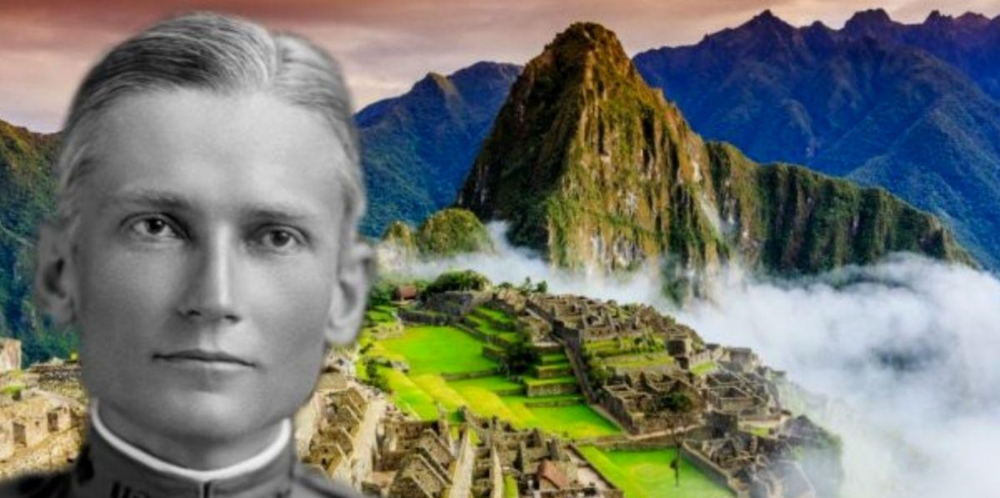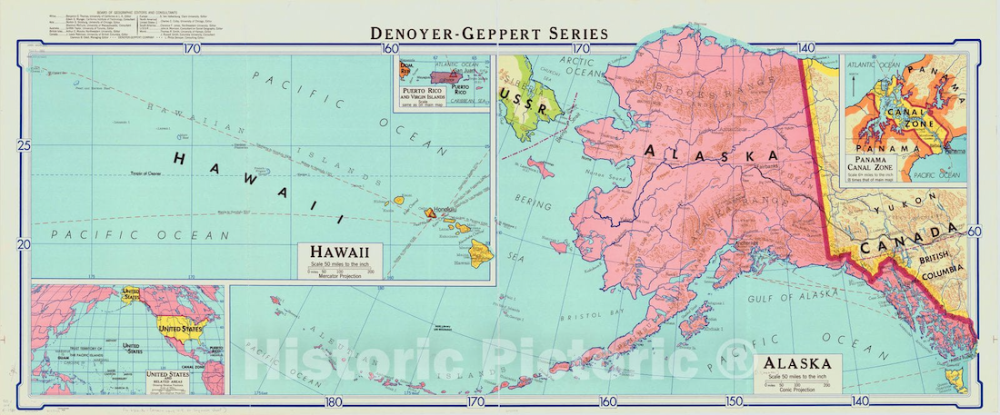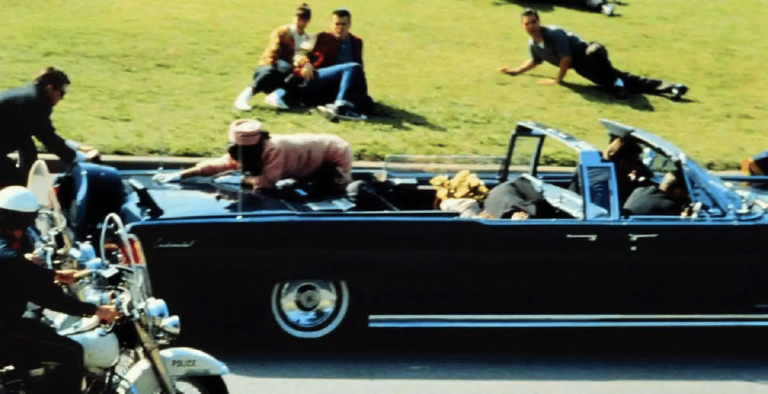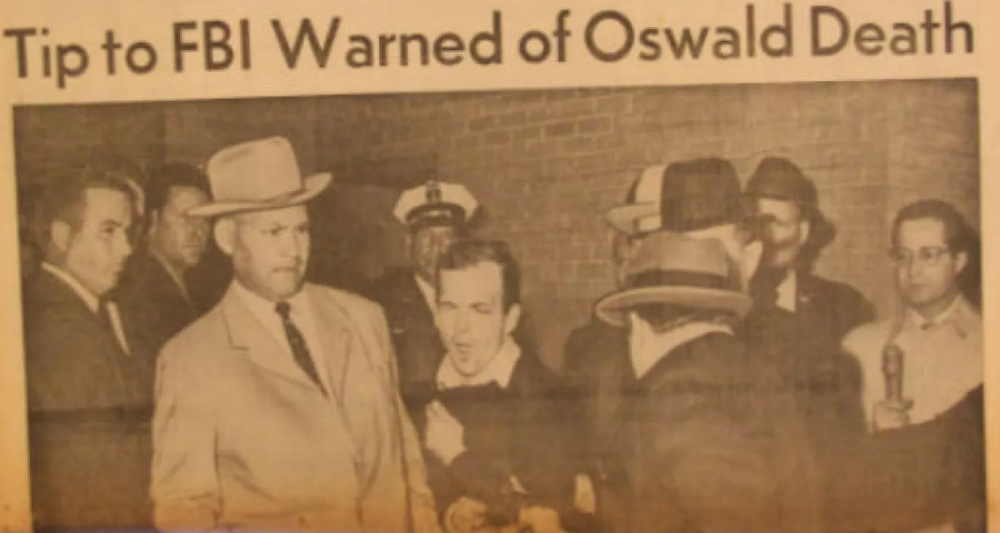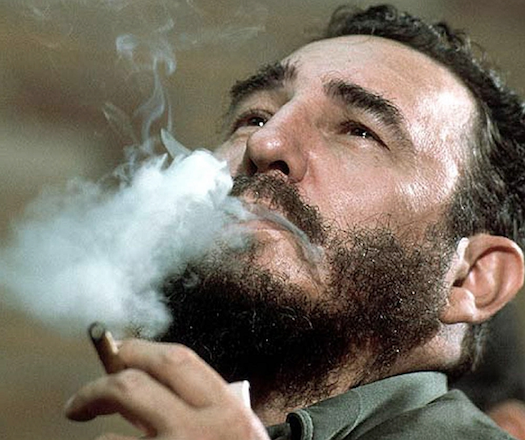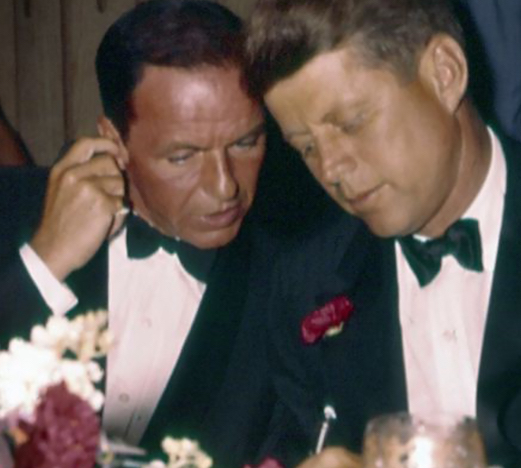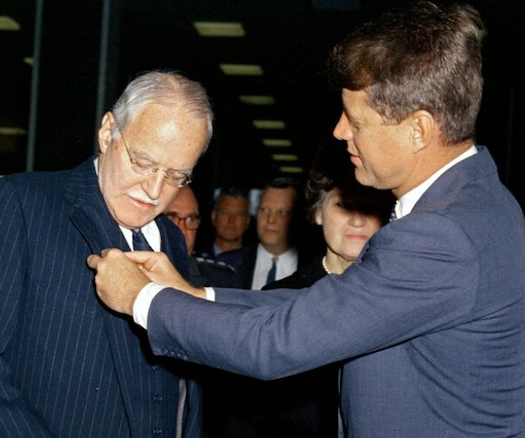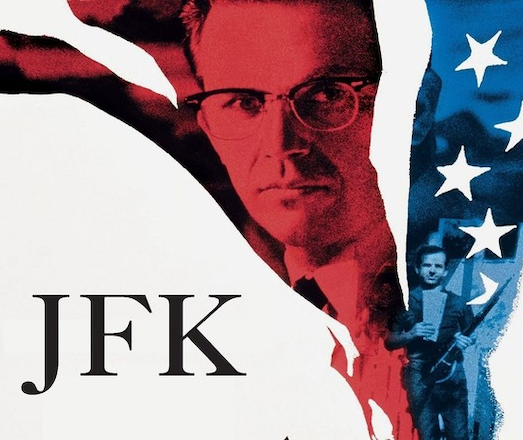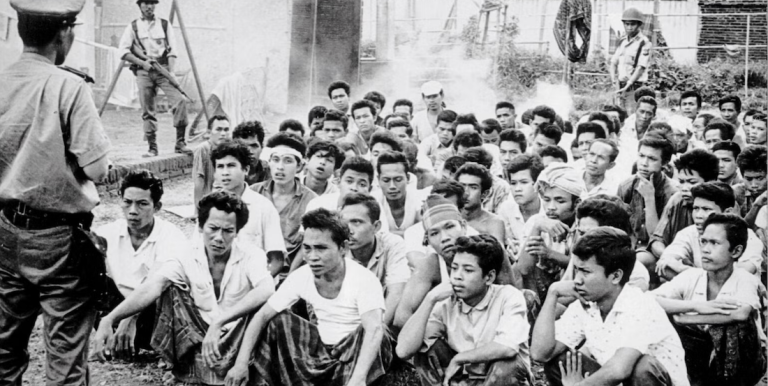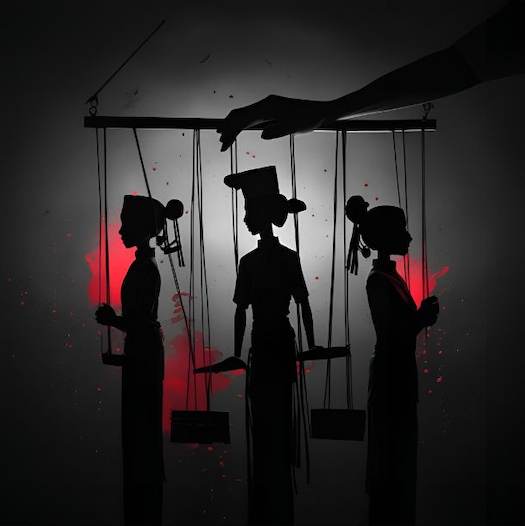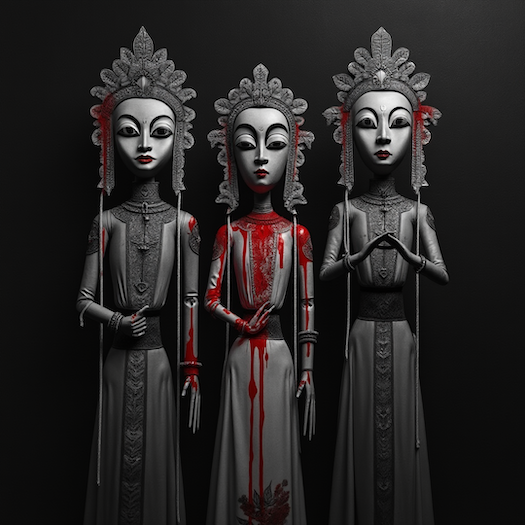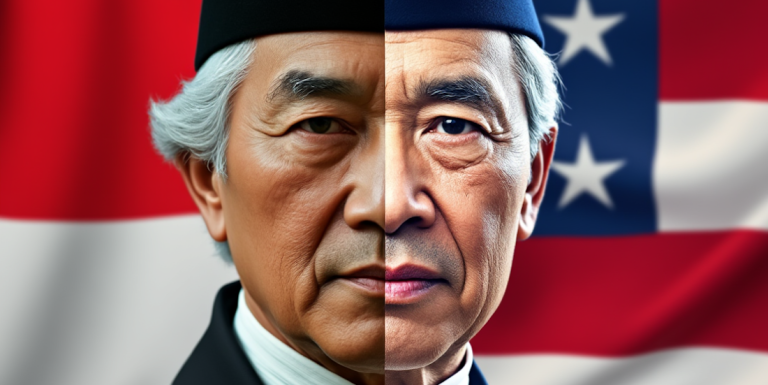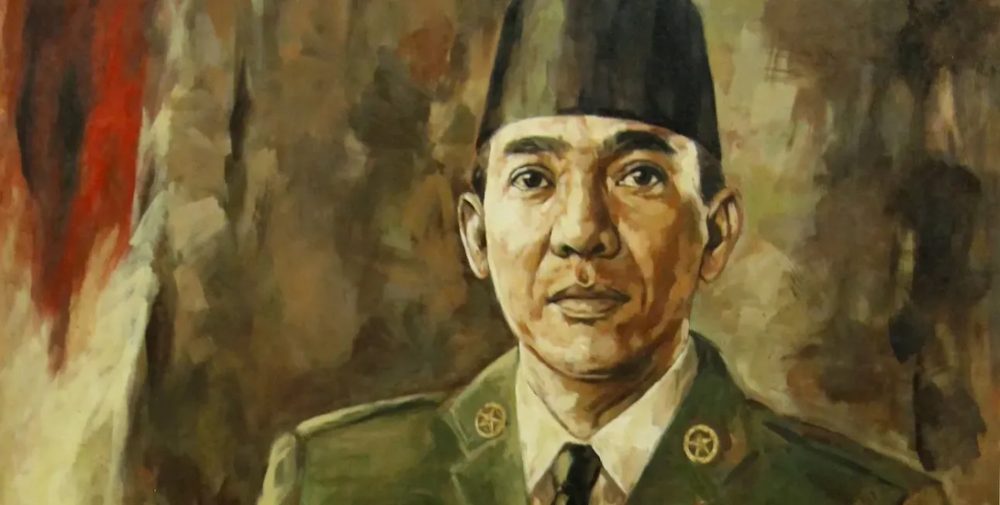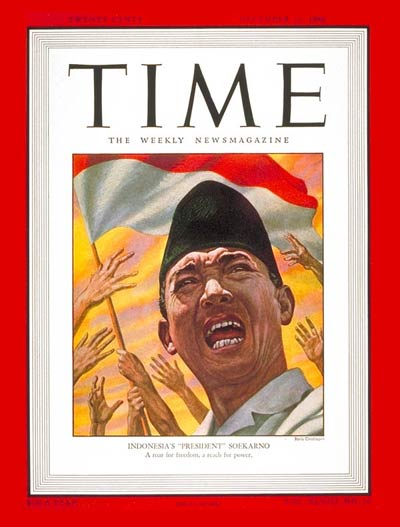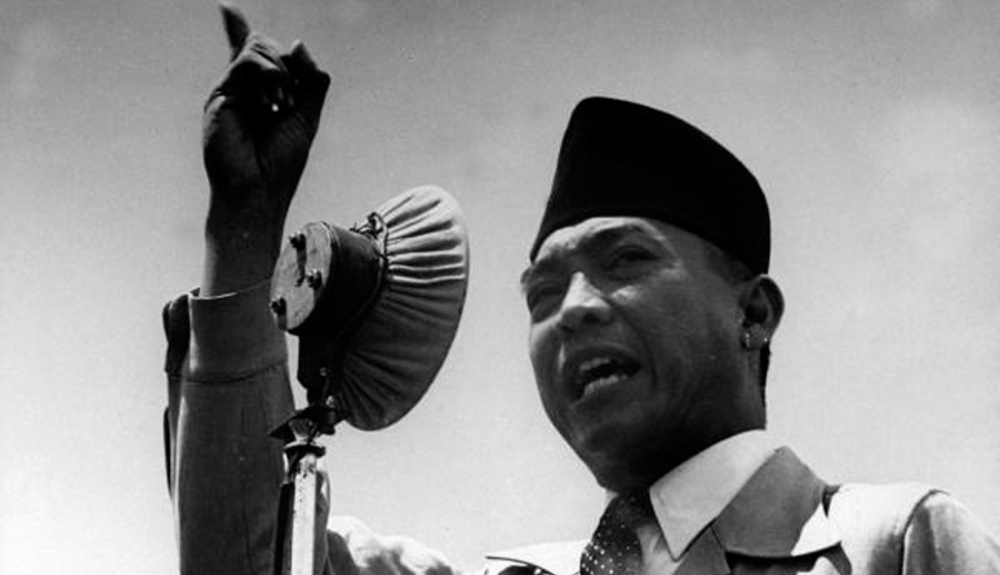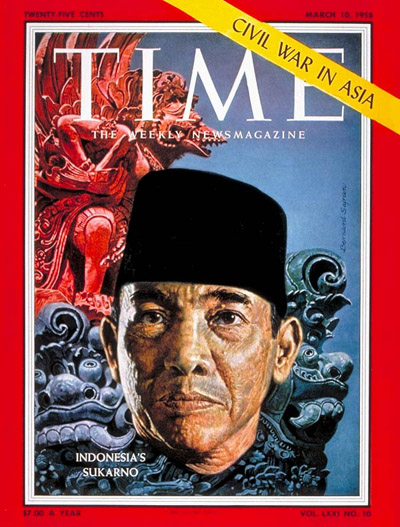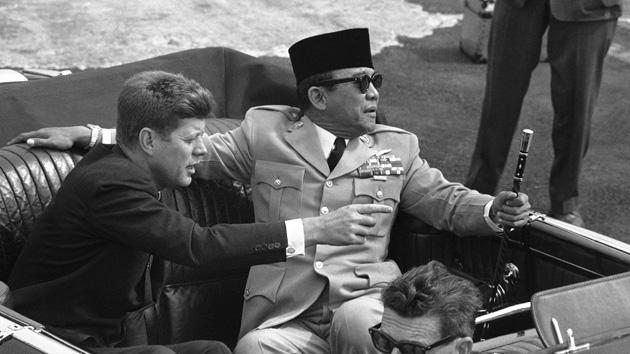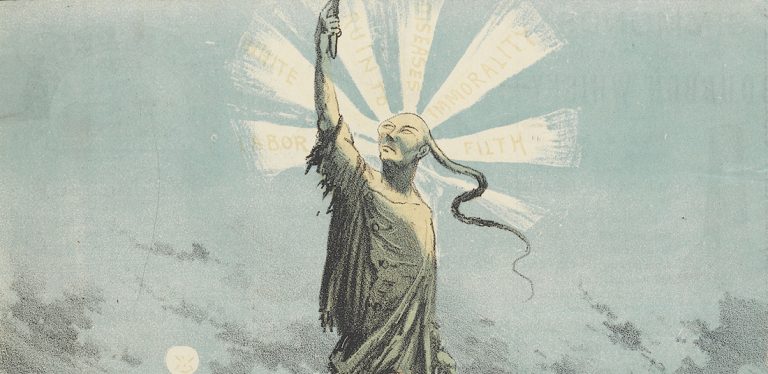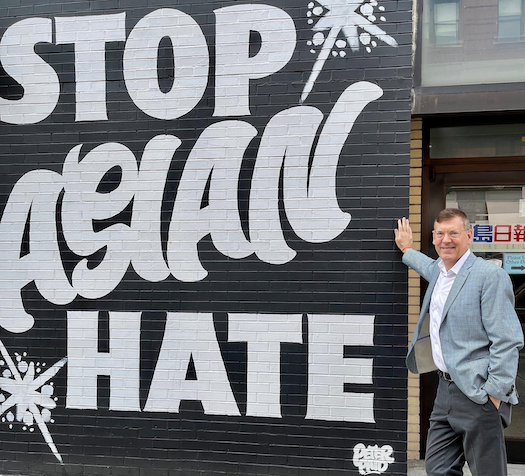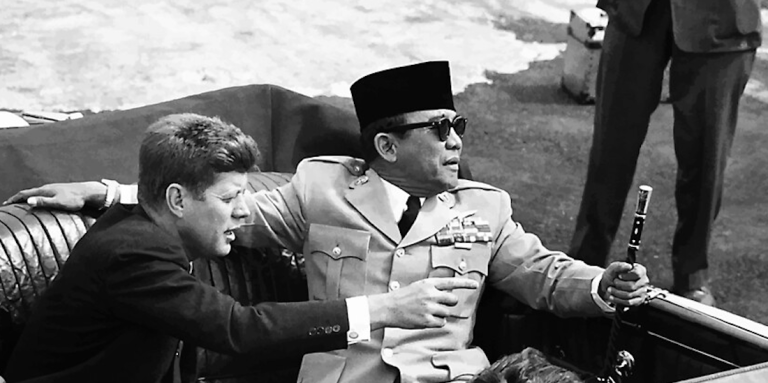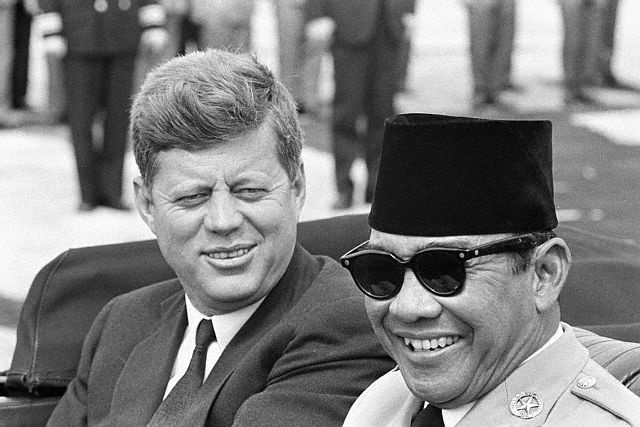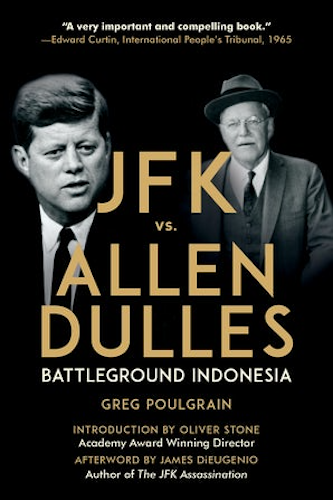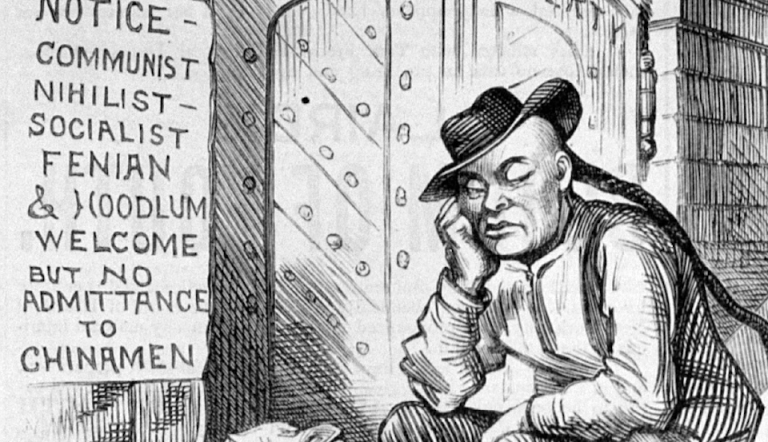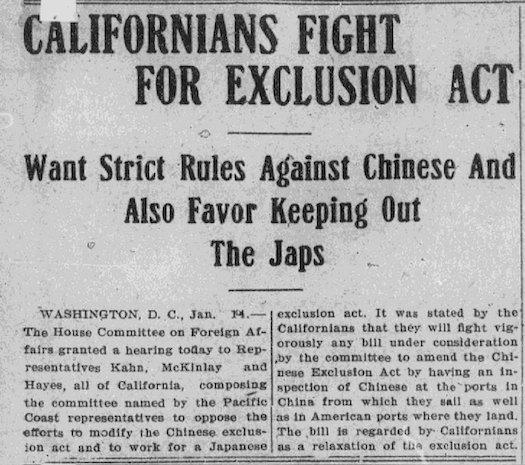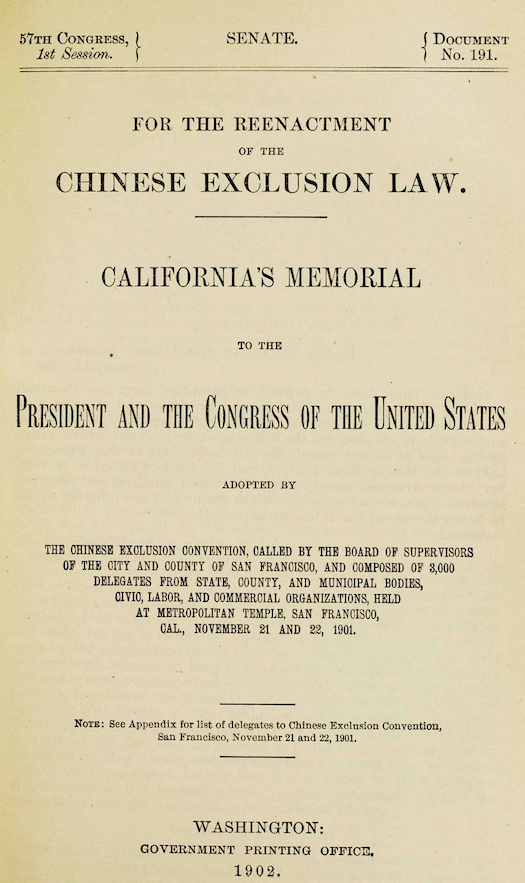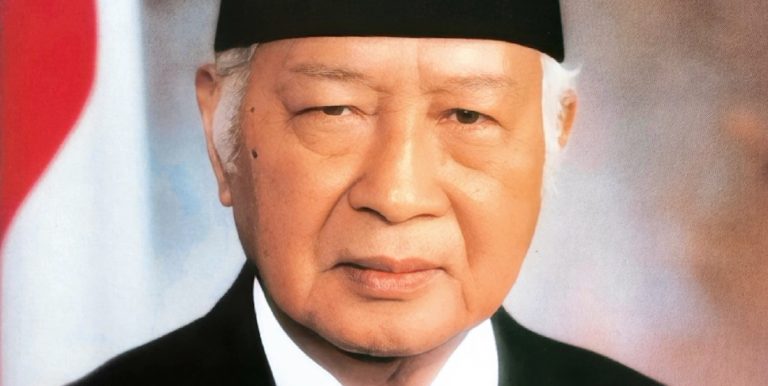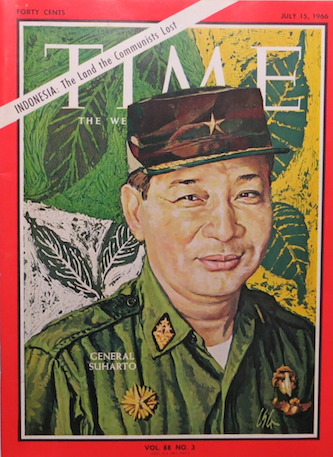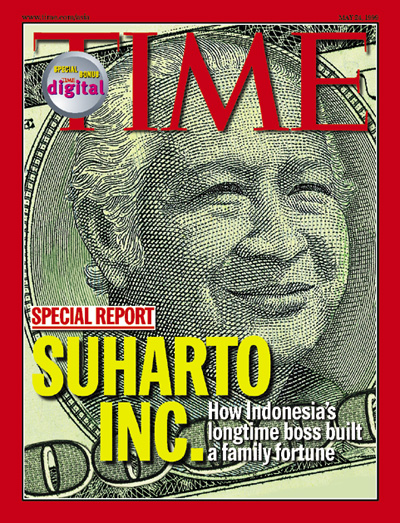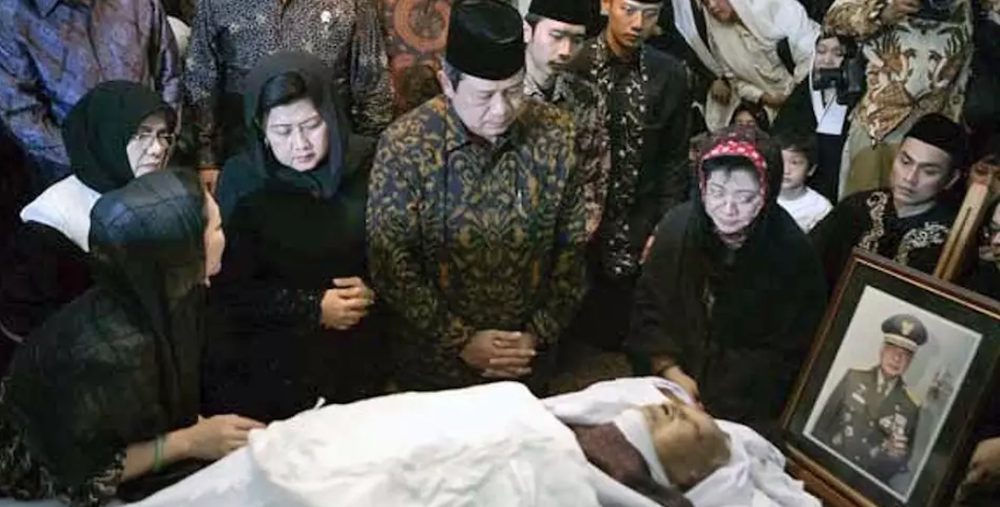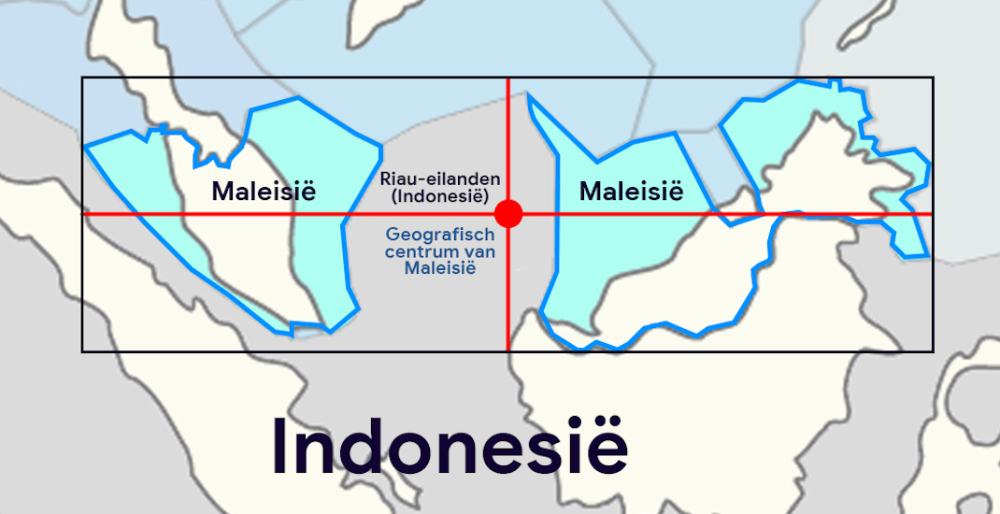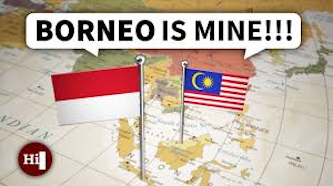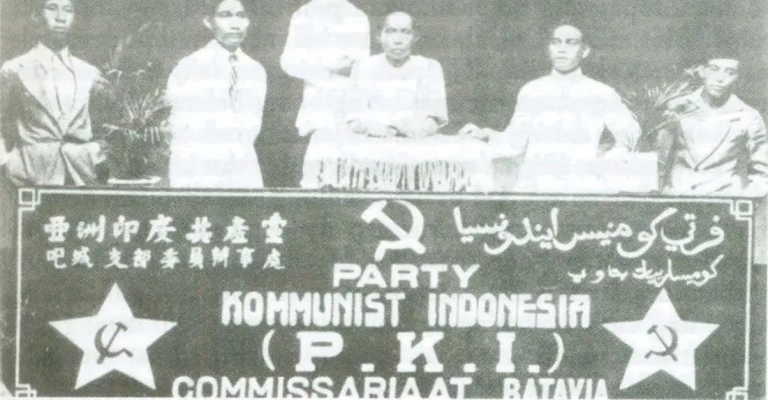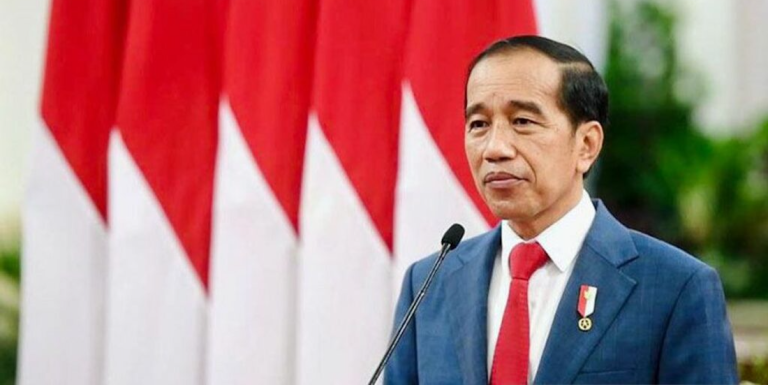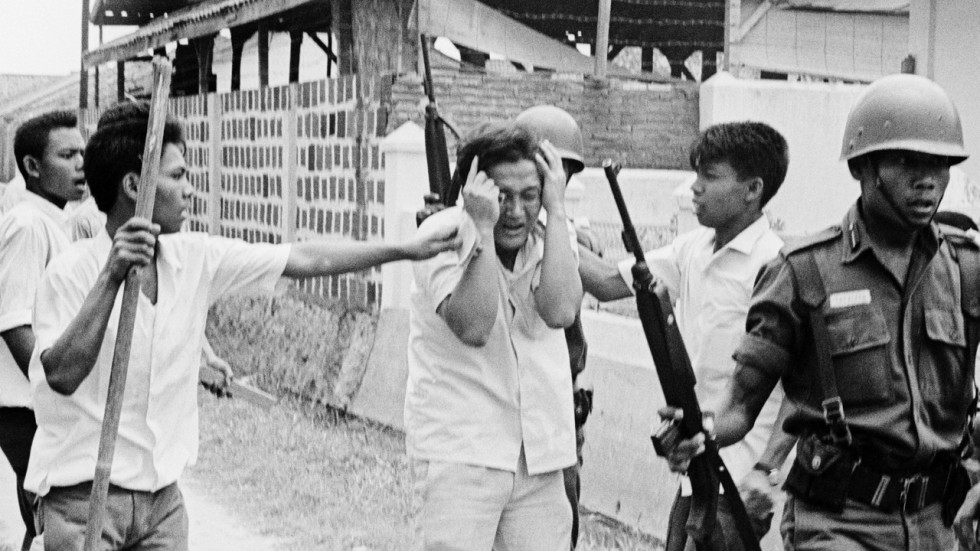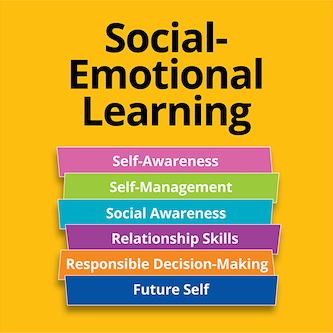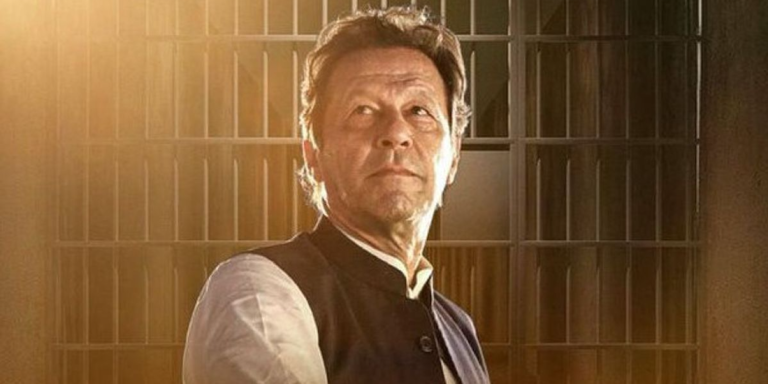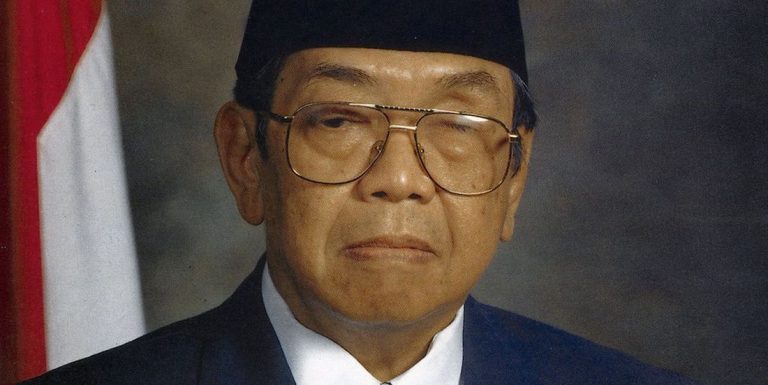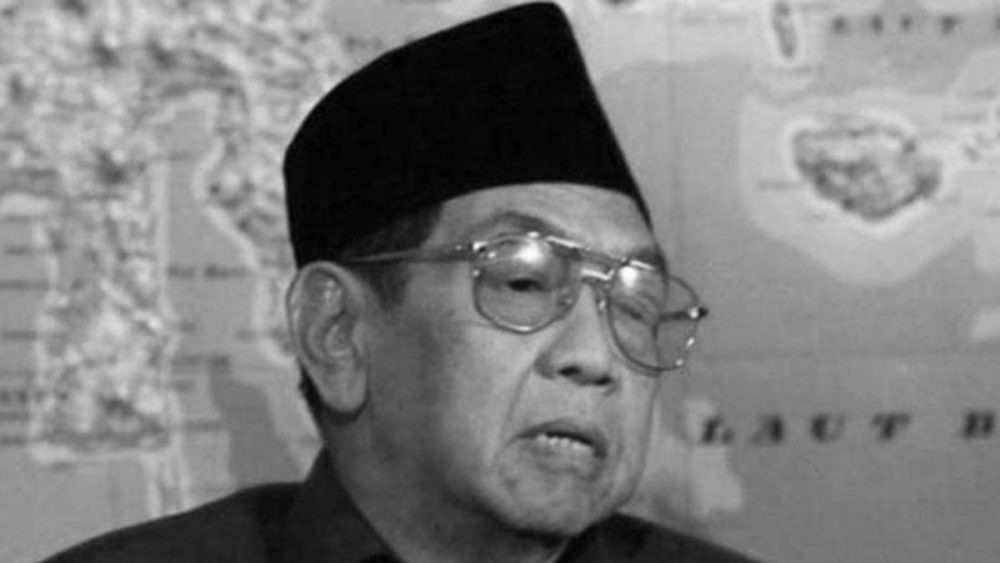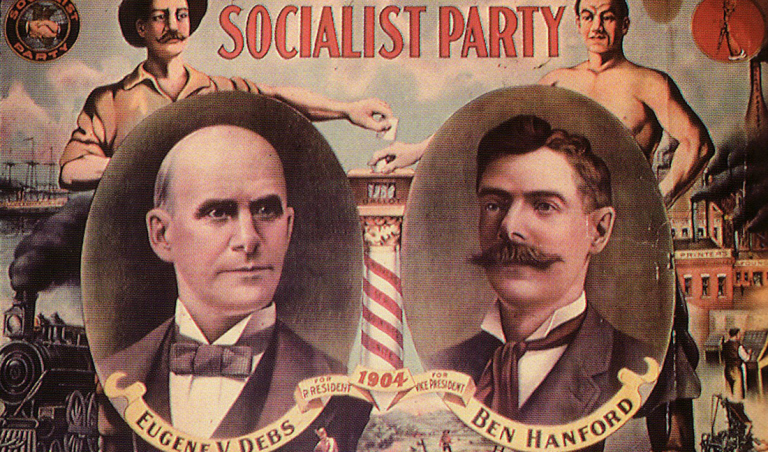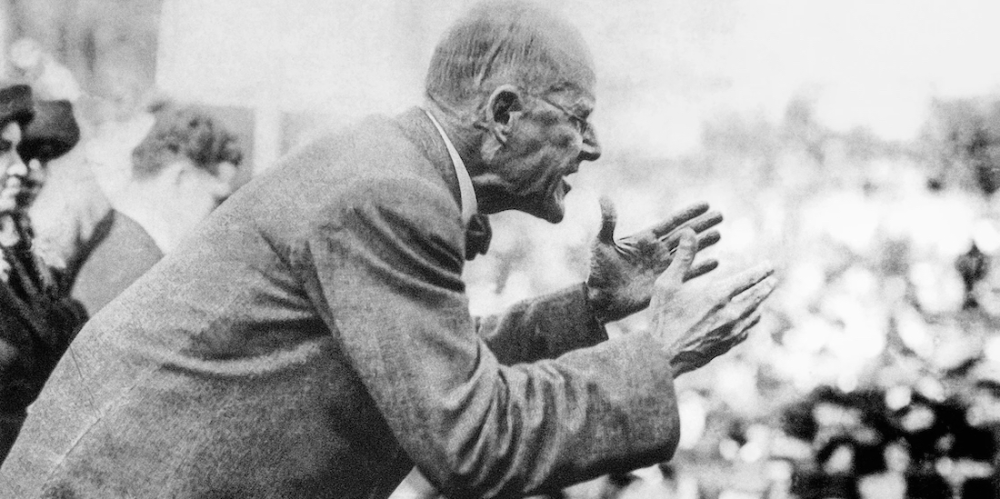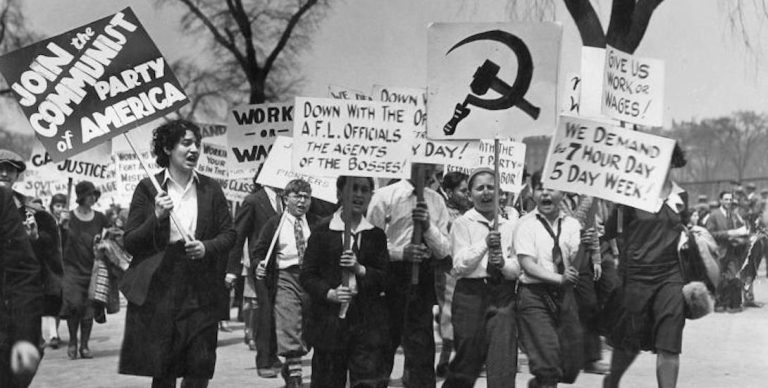Raising, Supporting & Educating Young Global Leaders – Silver Anniversary
New York, N.Y. The Board of Directors of Orphans International Worldwide and the James Jay Dudley Luce Foundation have announced plans to celebrate their twenty-fifth anniversary this autumn at New York’s Asia Society. Tickets: here
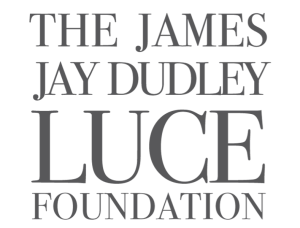
“Twenty-five years ago, driven by the inspiration of my adoption of an infant from Indonesia and my mother, a child psychologist, we established our first home for children in Indonesia, thus giving birth to Orphans International,” Jim Luce states.
“Influenced by the teachings of my college professor father, the J. Luce Foundation emerged, aligning with our joint mission of Raising, Supporting & Educating Young Global Leaders over the past two decades,” Luce adds.
A commemoration of lands and people our charities have collaborated with including Bangladesh, Canada, China, Colombia, the Dominican Republic, Ghana, Greece, Guyana, Haiti, India, Indonesia, Israel, Jamaica, Japan, Liberia, Malawi, Myanmar, Nepal, Pakistan, Palestine, the Philippines, Peru, Sri Lanka, Taiwan, Tanzania, Tibet, Ukraine, and Vietnam.

The theme of this 25th anniversary evening will be ‘Peace is possible even in the face of senseless violence. Young global leadership embraces nonviolent conflict resolution.’
Highlighting the event will be the presentation of the prestigious Claire Boothe Luce Award for Public Service, alongside the Luce 24 Under 24 Recognition Awards.
The collective efforts of Orphans International and the J. Luce Foundation have empowered youth and enriched communities globally, as well as here in New York City, raising over two million dollars and impacting the lives of over two thousand young individuals.
Renown architect Noushin Ehsan, AIA states, “I am honored to have been selected as a recipient of The James Jay Dudley Luce Foundation’s 2024 Lifetime Achievement Award. I look forward to celebrating with such remarkable individuals dedicated to making a positive global impact.”
The Silver Anniversary Reception will take place in the Luce Penthouse of the Asia Society, situated on Park Avenue at 70th Street, New York City. A 30-second spot (below) has been created to publicize the event, courtesy of Triumph Communications. Business of national attire is encouraged for the occasion.

“This is a significant milestone for us,” Luce says. “As are assembling our Host Committee and extending invitations to public and diplomatic officials, and we ask our friends to confirm via email or text at 347-316-7087.”
The original sculpture of The Knotted Gun also known as “Non-Violence” was created by Swedish artist Carl Fredrik Reuterswärd, a friend of John Lennon‘s family. Reuterswärd created this piece of art after Lennon’s tragic death as he wanted to honor the singer’s vision of a peaceful world.
Awards

Awardees are still being invited but already include a member of the New York City Council and two college presidents.
The awards are as follows:
- 2024 Lifetime Achievement Award
- 2024 Claire Boothe Luce Award for Public Service
- 2024 Commander Stephen Bleecker Luce Award
- 2024 Humanitarian of the Year Award
- 2024 Artists-in-Residence
- 2024 Luce 24 Under 24 Recognition Award
- Quarter Century Global Officers Recognition Award
- Quarter Century Graduate Role Models
- Quarter Century Global Leadership Role Models
Past Awards Recipients include: H.E. Haya Rashed Al Khalifa (Bahrain), H.S.H. Prince Albert (Monaco), Imam Shamsi Ali (Indonesia), Prof. Lenni Benson (N.Y. Law School), H.E. Catherine Boura (Greece), Danielle Duret, M.D. (Haiti), Meera Teresa Gandhi (India), Hon. Benjamin A. Gilman, Prince Manvendra Singh Gohil (India), Cindy Hsu, Hon. Jeremiah Hyacinth (St. Lucia), Princess Khaliya Aga Khan, H.E. Amb. Dr. Palitha Kohona (Sri Lanka), Dr. Judy Kuriansky (Columbia University), H.E. Hon. Li Baodong (China), Kevin McGovern, Rear Adm. Michael Alfultis, Hon. Carolyn Maloney, Hon. Geneive Brown Metzger LLD (Jamaica), Taku Nishimae (Japan), Hon. Mitzi Perdue, and Hon. Jumaane Williams.
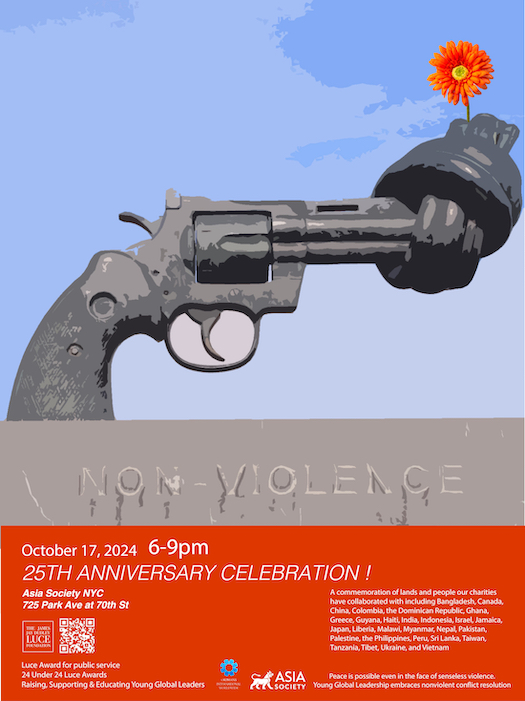
Tickets. VIP: $250, Regular $125, Student/YGL** $75. Reserved cocktail tables (for three) available at $1,000.
Program: 6-7pm Meet & Greet, Red Carpet/photos, videos, vodka tasting; 7-8pm speeches & entertainment; 8-9pm awards.
Global Heroes: In the Initial Report of Orphans International Worldwide (1999), the founder wrote, “Without saints, secular or divine, sanctity can too easily be viewed as mere abstraction. Our children need heroes. The courage of Mahatma Gandhi and the brilliance of Albert Einstein make sainthood a reality for us all.”
In our Initial Report, Luce called for 36 real-life saints to serve as role models for the children of OIW as part of the process of Raising Global Leaders. These global heroes included:
Mahatma Gandhi, Oscar Romero, The Dalai Lama, Thich Nhat Hanh, Katharine Drexel, Dorothy Day, Woodrow Wilson, Albert Schweitzer, Martin Luther King Jr., Mother Teresa, Desmond Tutu, Aung San Suu Kyi, Nelson Mandela, Yitzhak Rabin, Pearl S. Buck, Menachem Begin, Heinrich Böll, Willy Brandt, Albert Camus, Winston Churchill, Albert Einstein, T.S. Eliot, Gabriel García Márquez, Dag Hammarskjöld, Ernest Hemingway, Herman Hesse, Yasunari Kawabata, Rudyard Kipling, Le Duc Tho, Sinclair Lewis, Thomas Mann, Eugene O’Neil, Anwar Sadat, Jean-Paul Sartre, Eisaku Sato, Isaac Bashevis Singer, John Steinbeck, Rabindranath Tagore, and Elie Wiesel.
Projects
Past
- Orphans International Worldwide homes & projects: Bali, Sulawesi, Sumatera, Sri Lanka, Haiti, Dominican Republic, and Tanzania
- Orphans International Worldwide Global Standards
- Luce Leadership Experience: Greece, Indonesia, Jamaica, India, Sri Lanka, and Haiti
Present
- Saraswati & Lotus Schools (India), Ganesha Orphan Home (India), The Stewardship Report
- James Jay Dudley Luce Foundations Canada and India
- Sponsor The New York Global Leaders Lions Club
Future
- Home for Teen Mothers (Indonesia), Indigenous Health Clinic (Colombia)
- 20th Anniversary of the Great Indian Ocean Tsunami (Sri Lankan Embassy, NYC, 12/26/24)
Past venues for the family’s charities have included: Asia Society, Americas Society, China Institute, Cipriani, Columbia University, Consulate of Cuba, Consulate of India, Consulate of Jamaica, Consulate of Sri Lanka, Consulate of Indonesia, Cornell Club, Harvard Club, Home of Jim Luce, Home of Henry Luce III, Home of Peter Yarrow, El Museo del Barrio, National Arts Club, New York Yacht Club, Princeton Club, Russian Samovar, St. John’s Church, Skadden Arps, United Nations, University Club, Yale Club, Webster Hall, and White & Case.
Family Charities to Celebrate 25 Years – at Asia Society NYC (Sept. 20, 2024)
ABOUT Addiction Advice Africa Africa – East Africa – South Africa – West Americas & Caribbean Analysis Animals & Animal Rights Anthropology Architecture Asia – East Asia – South Asia – Southeast Authoritarianism Available Content Calendar Celebrity Children Childrens' Literature Cities & Urban Development Corporations Cuisine & Culinary Arts CULTURE Dance Disaster & Development Economics Education Europe Events EXPRESSION Extremism Eyewitness Faith, Religion & Theology Family & Relationships Fashion Film & TV Global Warming Goodness Gun Control Health & Hygiene Heros of Democracy History Human Rights Humor Immigration & Migration In Depth International Relations Jim Luce Writes Law & Judicial System Leadership Liberation Movements Media Mental Health Mideast Monthly Feature Museums Music Nature News Obituary Older Adults Open Orphans International Outer Space Pacific Islands Peace & Conflict Resolution Philanthropy Philosophy Philosophy Photography Poetry & Fiction Politics Pop Culture Poverty Press Pulse Prison Reform Profiles Racisim & Black Lives Matter Review Royalty Science & Technology Service Organizations Sexuality & Gender Social Media Sports & Olympics The Arts Theater & Comedy Travel U.N. U.S. Video Viewpoint War, Conflict & Terrorism Women WORLD World War III Youth


